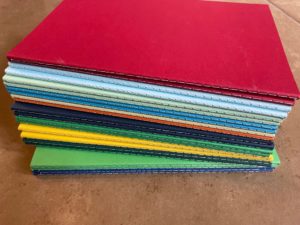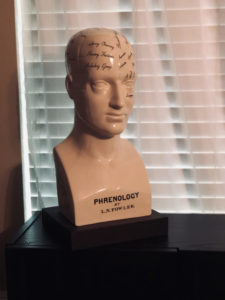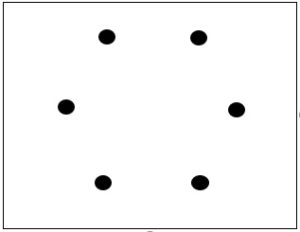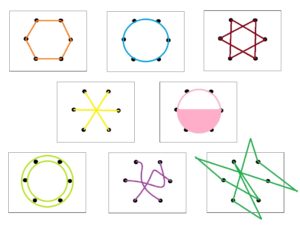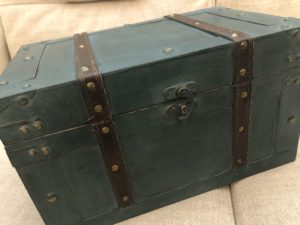
Trees & Taproots
You know how I like to have metaphor-ready stuff in my office. (See the other Office Supplies posts here, here, here, and here.) This is a drawing of a real tree that exists and even thrives, despite a meager attachment to its later (non-primary) supports.
And this is a remarkable tree. And I think that’s honestly more the purview of motivational speakers – “You too can be THIS tree!!” I don’t think most clients resonate with that kind of thing, because it’s to o easy to say, “But I’m not that strong, special, etc…”
I often talk about plants, trees, nature, etc. in therapy with clients (and, myself having a black thumb in real life, I do sense the irony.) I have a few current clients who are pretty established gardeners and out interactions have led me to at least a lot more successful reading about plants!
And something I learned recently is that most trees and plants start out life with a “taproot” – a long, primary source of nutrients that tends to head straight down wherever the seeding begins to grow. Some plants keep their taproot forever. Some vegetables, like carrots, ARE taproots! Some plants never establish a taproot. But most trees and plants start out with a taproot and, once they are established in their environment, stop using the taproot for nutrition in favor of their lateral roots. Like this extraordinary tree.
Certainly, a healthy taproot in a young plant is a great thing. (I am talking about the early childhood environment here, in case that isn’t yet clear!) But a strong taproot isn’t always a great thing – it makes transplanting more difficult and overreliance on it can make plants vulnerable in ways that a strong lateral root system can compensate for. And I think that can sometimes be a really important thing for clients to learn – because most clients didn’t have or don’t have a perfect “taproot” family-of-origin experience. And that’s not the end of their thriving.
Comment below: How (and how often! ha!!) have you used gardening/planting/growing things/plants as a metaphor in therapy? And as always, share your own metaphors!
Photo Source: This gem was drawn for me by my best friend! Thanks, Lisa!!
